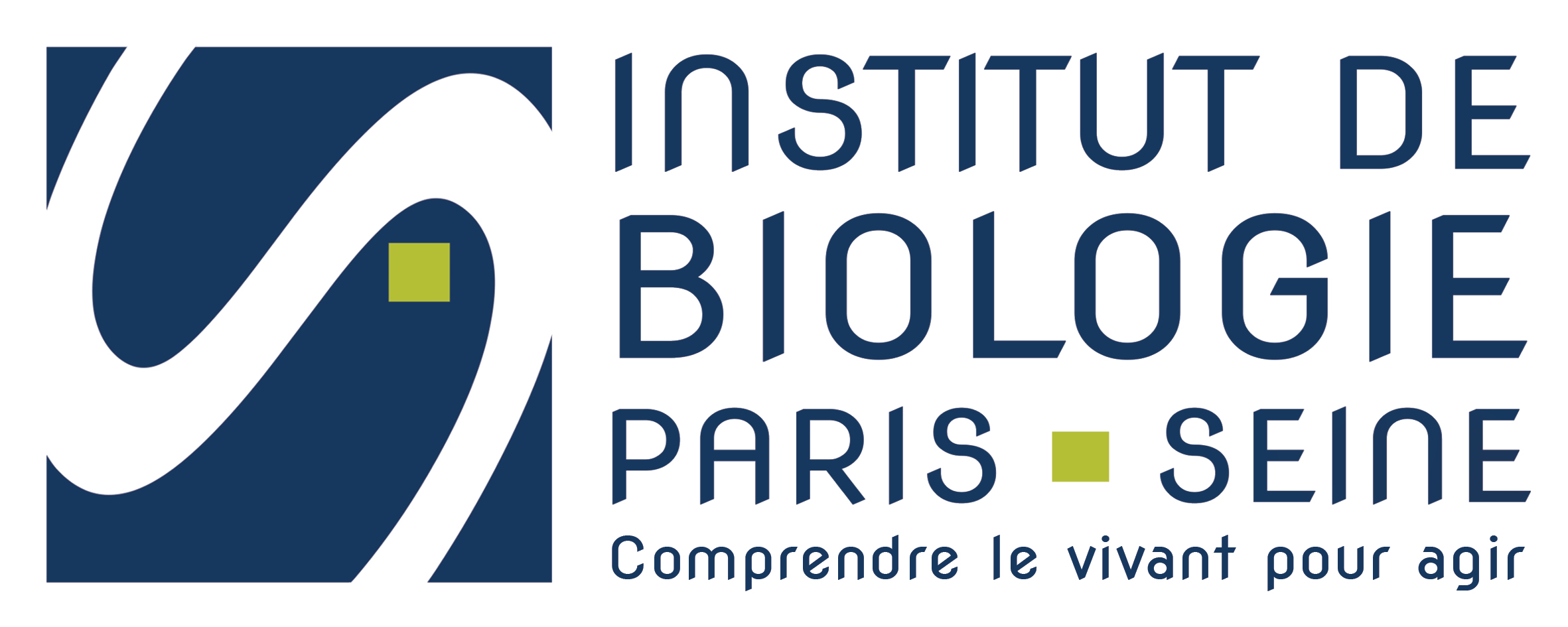Extracellular vesicles from activated platelets possess a phospholipid-rich biomolecular profile and enhance prothrombinase activity
Résumé
Background
Extracellular vesicles (EVs), in particular those derived from activated platelets, are associated with a risk of future venous thromboembolism (VTE).
Objectives
Study the biomolecular profile and function characteristics of EVs from control (unstimulated) and activated platelets.
Methods
Biomolecular profiling of single- or very-few- (1 to 4) platelet-EVs (control/stimulated) was carried by Raman Tweezers Microspectroscopy (RTM). The effects of such EVs on the coagulation system were comprehensively studied.
Results
RTM of platelet-EVs followed by Biomolecular Component Analysis revealed for the first time three subsets of EVs: (i) protein-rich, (ii) protein/lipid-rich, and (iii) lipid-rich. EVs from control platelets presented a heterogeneous biomolecular profile, with protein-rich EVs being the main subset (58.7±3.5%). Notably, the protein-rich subset may contain a minor contribution from other extracellular particles, including protein aggregates. In contrast, EVs from activated platelets were more homogeneous, dominated by the protein/lipid-rich subset (>85%), and enriched in phospholipids. Functionally, EVs from activated platelets increased thrombin generation by 52.4% and shortened plasma coagulation time by 34.6±10.0% in comparison to 18.6±13.9% mediated by EVs from control platelets, p=0.015. The increased procoagulant activity was predominantly mediated by phosphatidylserine (PS). Detailed investigation showed that EVs from activated platelets increased the activity of the prothrombinase complex (FVa:FXa:FII) by more than 6-fold.
Conclusion
Our study reports a novel quantitative biomolecular characterization of platelet-EVs, possessing a homogenous and phospholipid-enriched profile in response to platelet activation. Such characteristics are accompanied with an increased PS-dependent procoagulant activity. Further investigation of a possible role of platelet-EVs in the pathogenesis of VTE is warranted.


